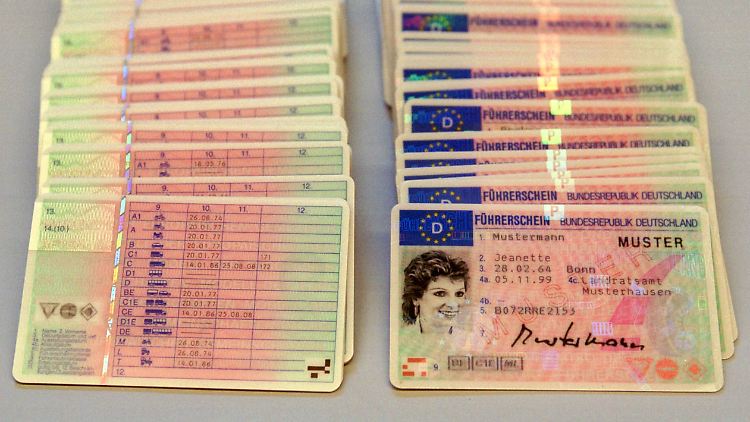Undeniable Proof That You Need Road Traffic Regulations
Understanding Road Traffic Regulations: A Comprehensive Guide
Road traffic policies are necessary for ensuring the security of motorists, pedestrians, and other road users. These laws govern the operation of cars, the habits of chauffeurs and pedestrians, and help with smooth traffic flow. This post delves into the various aspects of road traffic regulations, their significance, and some typical rules and guidelines that every roadway user must be familiar with.
The Importance of Road Traffic Regulations
Road traffic guidelines serve several essential purposes:
- Safety: They are primarily created to safeguard the lives of individuals on the roadway, decreasing accidents and injuries.
- Orderly Traffic Flow: By establishing clear rules, these guidelines assist in managing the circulation of automobiles and decreasing blockage.
- Protection of Pedestrian Rights: They guarantee that pedestrian crossings and rights-of-way are respected, promoting safer travel on foot.
- Environmental Considerations: Certain regulations intend to decrease ecological impact, encouraging environmentally friendly driving practices.
- Legal Framework: They supply legal accountability for chauffeurs and pedestrians, delineating charges for violations.
Secret Elements of Road Traffic Regulations
Comprehending road traffic regulations is essential for compliance and safety. Below are some of the crucial elements:
Element
Description
Traffic Signs
Different indications that offer information and directions to chauffeurs.
Traffic Signals
Lights that manage the circulation of traffic at crossways.
Speed Limits
Maximum and minimum speed limits set for different road types.
Access Rules
Guidelines on which road users should go first at intersections.
Seat Belt Regulations
Laws mandating the using of safety belt for driver and travelers.
Driving Under the Influence
Rigorous charges for operating a vehicle while impaired by alcohol or drugs.
Automobile Registration and Licensing
Requirements for vehicles to be registered and motorists to have valid licenses.
Typical Traffic Regulations
Although traffic regulations can vary from one nation to another, some typical rules are generally observed worldwide:
1. Speed Limits
The majority of jurisdictions implement speed limitations based upon roadway type and area, such as:
- Residential locations: 25-35 miles per hour
- Urban locations: 30-50 mph
- Highways and highways: 55-70 miles per hour
2. Drinking and Driving
Driving under the impact of alcohol or drugs is prohibited in most places. Typical blood alcohol concentration (BAC) limits are:
- 0.08% for general drivers
- 0.00% for novice or business chauffeurs
3. Seat Belt Usage
Safety belt should be worn by all occupants in a lorry. Failure to comply can lead to fines.
4. Pedestrian Crossings
Chauffeurs need to yield to pedestrians at significant crosswalks and adhere to signals directing pedestrian movement.
5. Cellphone Use
Utilizing portable devices while driving is prohibited in numerous areas to decrease diversions.
Frequently asked question Section
Q1: What should I do if I witness a traffic infraction?
If you observe a traffic offense, you need to gather as much details as possible (lorry description, license plate number, area, and time) and report it to regional law enforcement.
Q2: How can I stay upgraded on modifications in traffic policies?
Traffic laws can change periodically. Updates are normally published by regional government websites. It is suggested to follow regional news or traffic law enforcement companies' statements for any changes.
Q3: Are there specific traffic regulations for commercial motorists?
Yes, commercial drivers frequently deal with more stringent policies, such as driving hour restrictions, lorry examinations, and unique licensing requirements.
Q4: What takes place if I break traffic guidelines?
Penalties for breaking traffic laws can consist of fines, points on your license, and in serious cases, imprisonment. Repeated infractions might result in the suspension of driving opportunities.
Q5: How do traffic regulations affect public transportation?
Traffic regulations are essential for public transportation systems to operate effectively. They help in developing bus lanes, managing taxi services, and making sure that public transport lorries follow security standards.
Roadway traffic guidelines play a critical role in keeping the safety and order of highways globally. Comprehending Echten Führerschein Kaufen Erfahrungen is not just a legal responsibility however an ethical one that promotes the wellness of all road users. Continuously upgrading oneself about traffic policies and sticking to them can greatly decrease the risks related to road travel. As communities develop and innovations enhance, these policies may also adjust, requiring continuous knowing for chauffeurs, bicyclists, and pedestrians alike.
By keeping notified and staying certified with road traffic policies, people contribute favorably to the shared duty of roadway security, eventually reducing mishaps and saving lives.
